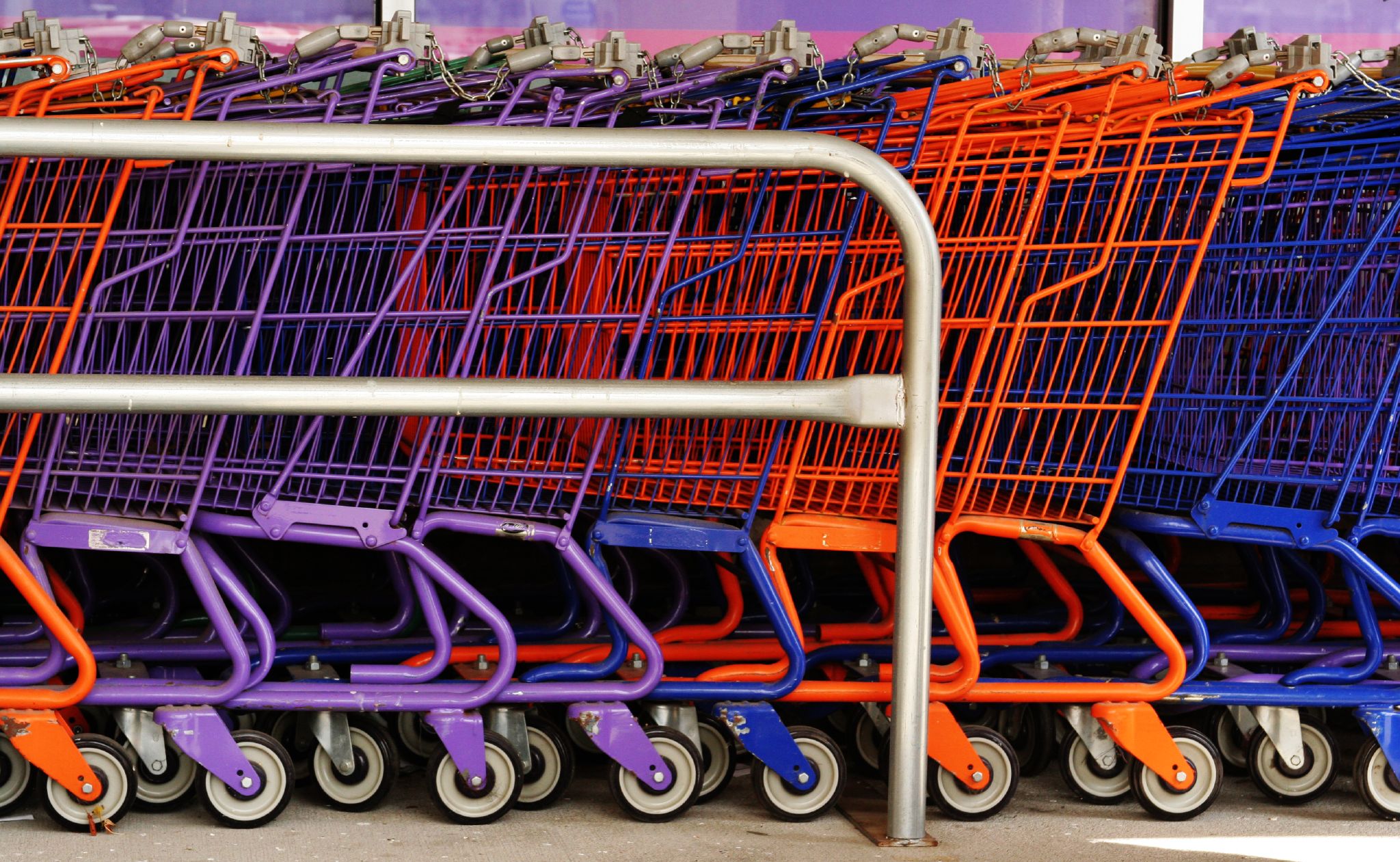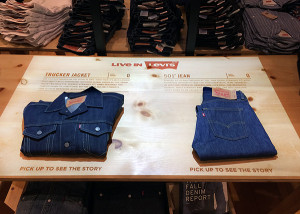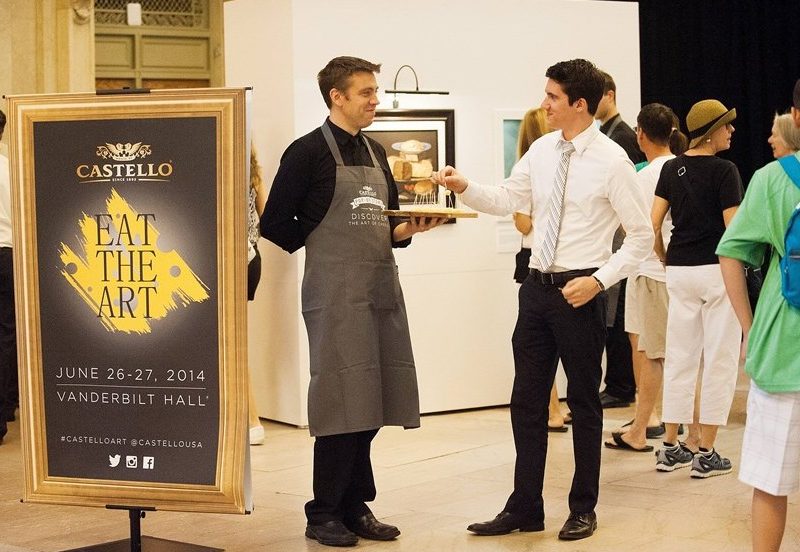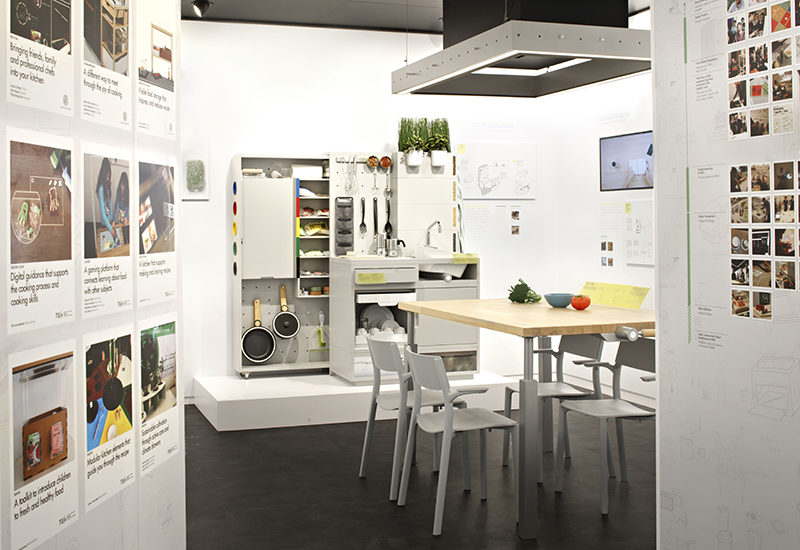
Pop Quiz: What’s in Your Basket?
You’ve probably heard this by now, but it bears repeating: With the increase of external stimulation (aka your cell phone), the average person’s attention span has gone from 12 seconds in the year 2000 to 8.25 seconds in 2015.
The average attention span of a goldfish is nine seconds.
This drop-off means the cost to get someone’s attention with a message has gone up. This is one of the points made last week at the Mobile Media Summit—an event that bills itself as a master class in mobile. I had a chance to attend in Chicago last week, and while there were a number of interesting panels, what struck me most was the research on the impact on attention spans presented by Syagnik Banerjee, a professor of Mobile and Interactive Marketing at the University of Michigan.
So what’s the impact of that shortened attention span? For one, when shoppers with mobile phones stop to text, call or search, they are unlikely to remember what they put in their baskets. And if you add in a kid or two, going to the store can feel like a perfect storm of chaos.
Given all of these distractions, immersive store experiences have become paramount. Brands are not only fighting category competition, they also have to account for the all-pervasive mobile phone.
While we covered the idea of retailtainment and utility in earlier Future Today posts, interactivity combines both of these ideas and can lead to some interesting places for brands in-store. So how do you break through all of the distraction and clutter to get someone to interact with and then buy a product? Answer: Touch.
A 2011 Harvard Business Review article called “Please Touch the Merchandise” examined the influence touch has on purchase decisions. Specifically, touch can create symbolic connections between people and products. While this might sound off-putting, the simple act of a waitress touching restaurant patrons results in higher tips.
Being able to attract someone’s attention during their shopping journey has transformed into giving a shopper a reason to stop and interact with a brand—a reason that goes way beyond coupons.
By using light and motion to draw a shopper in, Levi’s recently used Perch Interactive technology to invite people to “touch to explore” their iconic 501 jeans and trucker jackets in select stores. This was powered by a projector, infrared motion sensor and sound encouraging the shopper to press a virtual button projected on the clothing, thus getting them to touch the denim. The experience rewarded the consumer with exclusive content about the origins of the product and, in so doing, connected the tangible experience to the intangible narrative.
Better than a coupon, right? And it successfully broke through all the distractions mentioned above.
There were a lot of stats thrown around in this post, so let’s revisit:
How much longer is a human’s attention span than a goldfish?
True or false: People often remember what they put in their basket, especially when they are texting with a friend.
Circle one: People are a) more likely or b) less likely to leave a higher tip if a waitress touches them during the course of serving.
Now, the next time you are shopping in a store, try to remember the goldfish.





